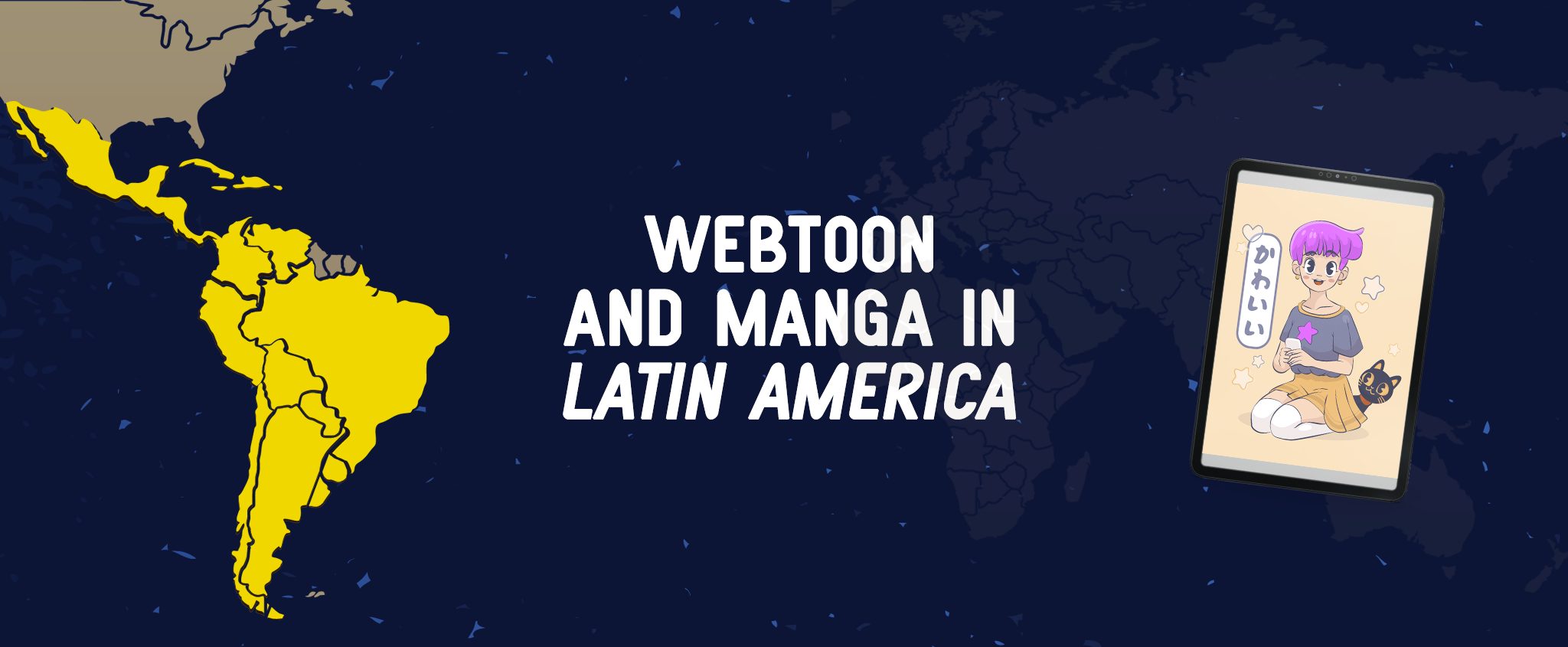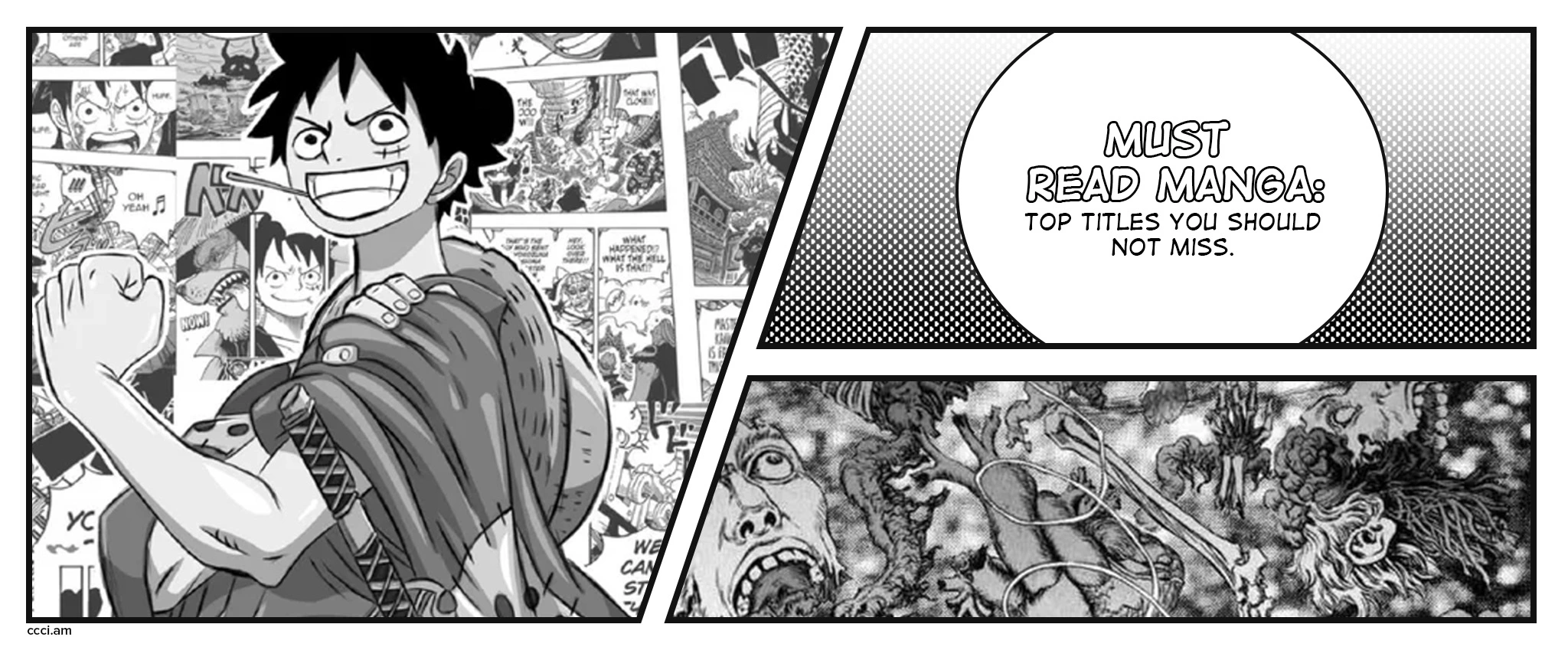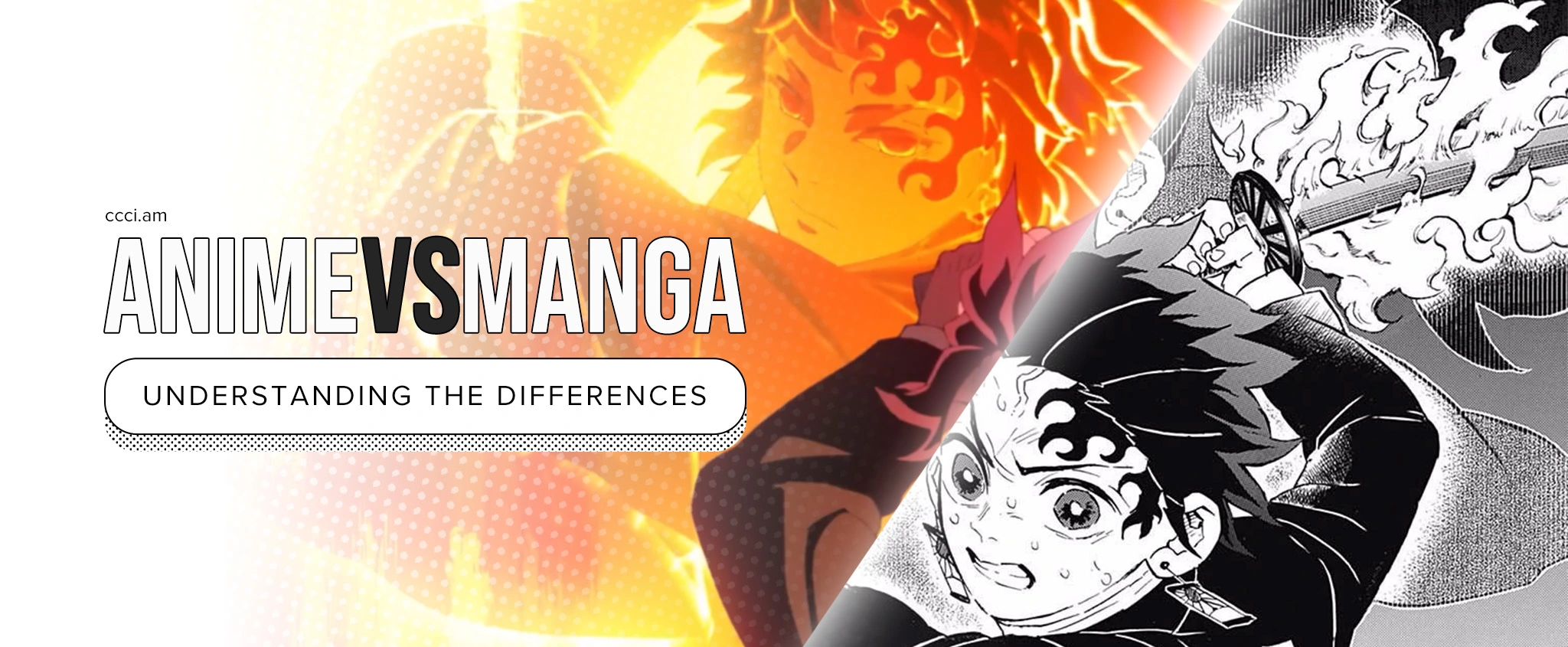Webtoon and Manga in the Latin America
It’s undeniable how webtoon and manga have taken over the world. The two have successfully expanded from South Korea and Japan, reaching new markets and countries. No language barrier stopped fans and readers from indulging in these stories, as translations quickly became available! This is especially true for Latin America, where manga and webtoon have found a thriving home. Yes, webtoon and manga in the Latin America have large and growing communities that producers and publishers can no longer ignore.
The opportunities can be seen in how both mediums have grown in popularity in Latin America. Webtoon and manga have their histories, both originating in Asia. They might have reached other countries first, but their effect in Latin America is absolutely impressive. Let’s explore how these two have managed to captivate the region!
Key takeaways:
- Manga in the Latin America resonated with readers because it speaks to themes that local readers can relate to.
- The most popular webtoon/manga in Latin America have helped the region discover new stories and universes, with many of them adapting to local cultures.
- Anime and manga trended in Latin America because of its lax censorship laws, allowing various titles to be published and televised.
- Some Latin American comics have also reached international audiences, showing how the industry has always been connected to the region.
Table of Contents:
- The Beginning of Latin Americans’ Love For Manga
- The Influence of Manga on Mexican Culture
- The Growth of Webtoon and Manga Industries in South America
- Best Manga Set in South America
- CCCI – Multilingual Webtoon and Manga Translation and Typesetting Services
The Beginning of Latin Americans’ Love For Manga
When we say “Latin America,” we’re talking about a vast region that includes countries like Mexico, Brazil, Argentina, Chile, Peru, Venezuela, and more. Latin American countries mostly speak Spanish and Portuguese, but many other languages are spoken as well. It’s not surprising if people wonder how these countries understand the Japanese manga or the Korean webtoon if they don’t even speak the language. Well, there’s a long and fascinating history to it!
Note: Brazil is one of the biggest manga markets outside of Asia. The country has one of the oldest relationships with Japan. Brazil is home to one of the world’s most vibrant and active anime and manga fandoms.
Manga might have come to Latin America through different channels, but most likely is via the US. In the 60s, some US companies started to import and distribute manga titles in the Latin American market. This led to the popularity of manga among the Latin American people, particularly the youth.
At first, only a small number of people were reading manga imported from the US. However, as time passed, more and more people became interested in this new type of comic. Anime also played a big part in how manga in the Latin America prospered.
CBR told a brief history of Latin America’s love affair with anime:
“In March 2018, the penultimate episode of Dragon Ball Super was screened publicly to 10,000 fans in Ciudad Juárez, Mexico. Similar events took place in Ecuador, El Salvador, and many other locations in Latin America. Interestingly, anime has also started drawing from the history and culture of the region, in series such as the Brazil-set Michiko & Hatchin.”
Anime and manga are closely related, and it’s no surprise that the popularity of one would lead to the popularity of the other. It’s a trend that can also be seen in other parts of the world, such as Europe and North America. However, the effects of manga and anime in Latin America differ because of the region’s unique culture and history.
Using Latin America’s culture and history in many manga and anime series has helped the mediums become more popular in the region. It’s easier for readers and viewers to connect with a story when they can see themselves reflected in it. And once the mediums had touched the countless hearts of the Latin American people, there was no turning back.
The Influence of Manga on Mexican Culture
In an article by BandCamp, it is said that anime is extremely popular across Latin America. However, it has a special significance in Mexico, which dates back to 60 years ago. It started with Astroboy as the first Japanese animated series to be dubbed and broadcast in Mexico in 1964. Speed Racer and Captain Tsubasa followed, and many others soon joined these series.
In the mid-’90s, Gaby Maya, also known as Gaby Manga, co-founded the fanzine Animanga with Adalisa Zarate. They were trailblazers of manga publications in the country, securing publishing and distribution rights for various titles. Mexico discovered Dragon Ball Z, Sailor Moon, Ranma ½, One Piece, and Cardcaptor Sakura. The country also openly welcomed Pokémon, Digimon, and Power Rangers.
“According to Maya, anime resonated with Mexican audiences for a number of reasons, including the fact that its stories typically mirrored shared family values between Mexico and Japan; they had strong messages of resilience, and the narrative archetypes echoed the format of popular telenovelas.”
When the world eventually became smaller because of the Internet, people became more aware of the different cultures around them. Mexico accessed even more anime and manga titles, and the fandom only kept growing.
The Growth of Webtoon and Manga Industries in South America
Ever since anime and manga entered the Latin American market, it has been growing steadily over the years. Anime and manga trended in Latin America primarily because of the lax censorship standards.
Compared to the US, where there were (and still are) many restrictions on what can be shown in a cartoon, anime was relatively unrestrained. This allowed for more violence, gore, and sexual content, which drew many viewers. Titles after titles, episodes after episodes, anime, manga, and webtoon eventually became a significant part of popular culture in Latin American countries.
In 2020, Naver restructured its webtoon empire for expansion and aimed for Latin America and Europe. Spanish versions of popular webtoon series were launched, including True Beauty and Lore Olympus. We can now find many webtoons that talk about Latin American cultures and even celebrate Latinx heritage! Manga subscription app Mangamo also entered Latin America and the Caribbean.
Pro-tip: Read manga or webtoon translated by professionals. Translating a manga or webtoon can be difficult, and it’s crucial to ensure the story’s meaning doesn’t get lost in translation. High-quality manga and webtoon translations can affect how you enjoy and fully immerse yourself in the story.
Best Manga Set in South America
Many Latin American comics have reached international popularity as well. We have The Eternauta by Héctor Germán and Francisco Solano López, Kaliman by Héctor González Dueñas and Clemente Uribe, and The sinister Dr. Mortis by Juan Bautista Marino Cabello. We also have Boogie The Oily by Roberto Fontanarrosa and Selva misteriosa by Javier Flórez del Águila (published by Jorge Chiarella). Comics have been in the region for many decades. And some of the most popular webtoon/manga in Latin America have further boosted the comics industry in the area!
Some of the best manga set in South America include Black Lagoon, El Cazador De La Bruja, Hetalia: Axis Powers, and Dr. Stone. We also can’t skip Jinki: Extend and Heavy Object! It’s no wonder Latin America quickly became one of the biggest markets for manga outside of Asia.
Despite originating from different countries, Webtoon and manga have found a home in the Latin American region. The two mediums explore the countries’ cultures and offer a different world perspective. With its growing popularity, it’s safe to say that webtoon and manga are here to stay in Latin America. And the list of most popular webtoons and manga will keep growing, especially when producers and publishers tap into the region’s love and appreciation for good stories.
CCCI – Multilingual Webtoon and Manga Translation and Typesetting Services
When it comes to webtoon and manga, CCCI is your go-to company. Like you, our team is passionate about webtoon and manga, and we understand the pain of not being able to fully enjoy a story because it’s in a different language. That’s why we emphasize high-quality translation, allowing you and your title to reach a wider audience!
CCCI offers manga and comics services, including translation and typesetting. We also have professional artists for manga coloring and verticalization! Our webtoon services are top-notch, and we’re always updated with the latest trends in the industry. We work with experts and follow a process that guarantees high-quality results.
CCCI has been working with manga and webtoon publishers for over ten years. We’ve helped countless clients reach a wider audience by translating their titles into over 30 languages. Whether you’re a publisher, artist, or author, we can help you with your manga and webtoon needs. Get in touch with us today, and let’s talk about your project!






